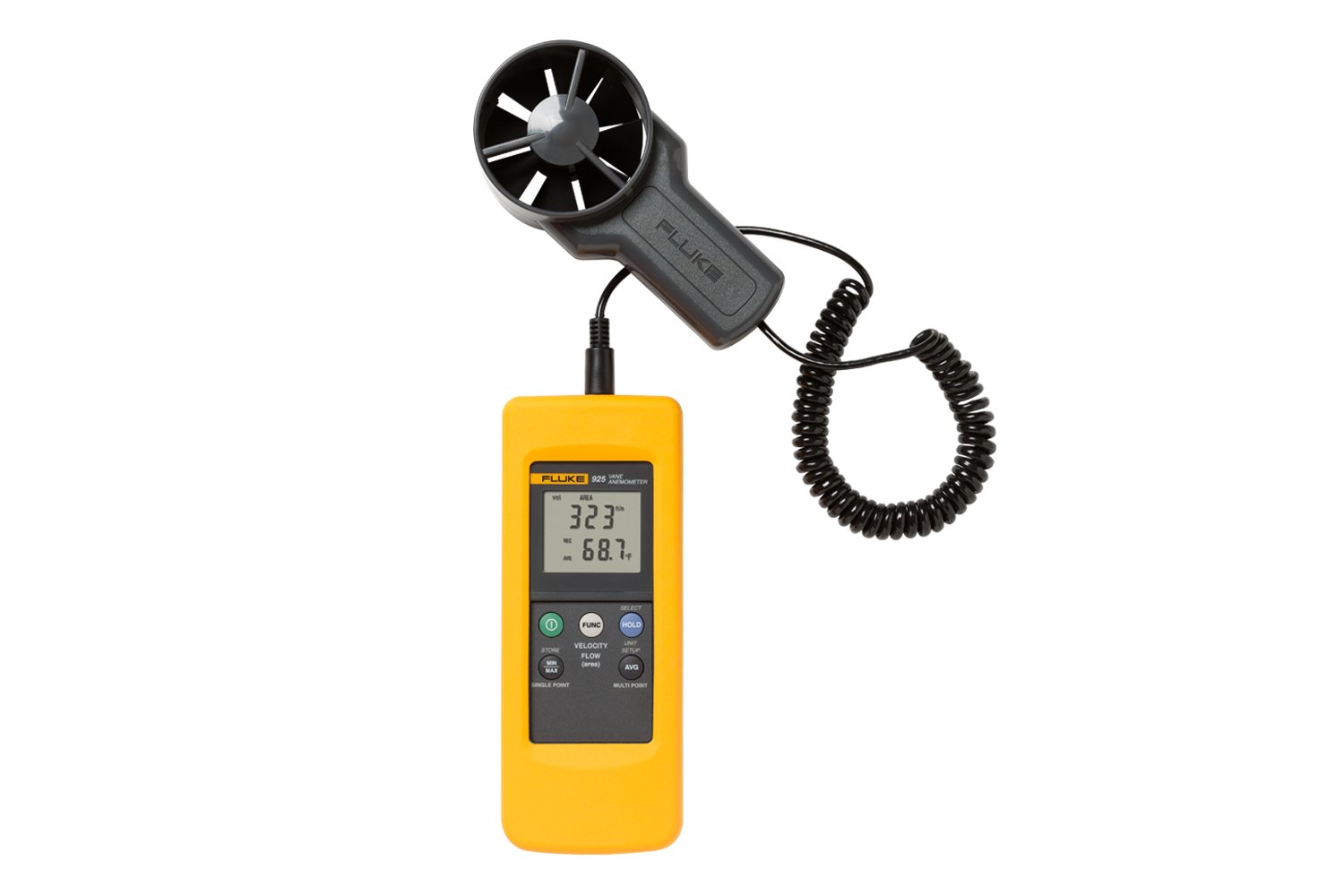Anemometers Revealed: Comprehending Their Importance in Ecological Surveillance and Safety Measures
The function of anemometers in ecological surveillance and safety and security actions is usually underestimated, yet their relevance is undeniable. These instruments have a long history rooted in clinical inquiry and technical advancements, developing to become important tools in numerous areas. From meteorology to air travel security, anemometers play a critical duty in offering exact information that informs decision-making processes and boosts total safety and security. Comprehending the ins and outs of anemometers reveals a world of critical insights that are fundamental to our understanding of the environment and the measures we take to make sure safety.
Background of Anemometers
The development of anemometers can be traced back to the old worlds where simple wind determining devices were first used. One of the earliest well-known anemometers was the hemispherical mug anemometer created by Leon Battista Alberti in the 15th century.
Over the years, advancements in innovation led to the growth of even more modern-day anemometers, consisting of ultrasonic anemometers and laser Doppler anemometers, supplying raised precision and effectiveness in gauging wind speed and direction. The background of anemometers showcases an exceptional journey of advancement and progress in the field of weather forecasting.
Sorts Of Anemometers
Throughout the area of weather forecasting, numerous kinds of anemometers have been developed to precisely determine wind rate and instructions. The most common type is the cup anemometer, which contains three or four cups installed on straight arms that turn with the wind. As the cups spin, the speed at which they turn is straight proportional to the wind speed. An additional commonly used kind is the vane anemometer, which features a tail or fin that aligns itself with the wind instructions. This positioning allows the gadget to establish the wind direction. Sonic anemometers utilize ultrasonic signals to measure wind rate and instructions precisely. They are typically utilized in research study applications because of their high precision. Hot-wire anemometers operate based upon the principle that the cooling impact of wind on a warmed cord is symmetrical to the wind rate. These anemometers appropriate for gauging low wind speeds with high accuracy. Each kind of anemometer has its toughness and is chosen based upon the certain requirements of the surveillance job handy.
Applications in Weather Forecasting
Having actually discussed the various sorts of anemometers utilized in meteorology for measuring wind rate and direction, it is important to discover their functional applications in the area. Anemometers play an important function in weather forecasting by offering exact and real-time information on wind conditions (anemometer). Meteorologists make use of anemometers to check wind speed and direction to forecast climate patterns, concern cautions for severe weather events like hurricanes, hurricanes, and tornados, and evaluate climatic conditions for air travel safety
In weather forecasting, anemometers assist in recognizing regional and regional wind patterns, which are crucial for anticipating weather modifications and establishing climatic patterns. These devices are additionally used in study to examine microclimates, city warmth islands, and air contamination diffusion. Furthermore, anemometers are used in farming to maximize crop administration methods, such as watering and chemical application, based on wind conditions.
Relevance in Aviation Safety
An essential facet of making certain aviation safety and security depends on the meticulous tracking of wind problems utilizing anemometers. Anemometers play a critical role in air travel by supplying real-time information on wind rate and direction, aiding pilots in making informed decisions throughout take-off, landing, and trip. Solid and unforeseeable winds can substantially influence aircraft operations, making it crucial for aeronautics authorities to count on accurate wind dimensions to ensure the safety and security of passengers and staff.

In the vibrant environment of air travel, where even minor useful site adjustments in wind rate and direction can have extensive impacts, anemometers stand as indispensable tools for advertising safe and secure and secure air travel.
Duty in Environmental Research Study
Exactly how do anemometers add to advancements in environmental research study? Anemometers play a crucial role in environmental research by supplying important data on wind speed and direction. This information is crucial for understanding different climatic procedures, such as air pollution dispersion, weather condition patterns, and climate modification. By properly determining wind attributes, anemometers help researchers assess the activity of toxins airborne, assess the impact web of industrial exhausts, and predict the spread of impurities in the setting.


Verdict
In final thought, anemometers have played a critical function in environmental surveillance and security procedures. Comprehending the relevance of anemometers is necessary for properly gauging wind rate and direction, which is vital for forecasting weather condition patterns, guaranteeing risk-free aeronautics operations, and carrying out environmental studies.
One of the earliest well-known anemometers was the hemispherical mug anemometer invented by Leon Battista Alberti in the 15th century. Over the years, helpful site developments in technology led to the advancement of even more modern-day anemometers, including ultrasonic anemometers and laser Doppler anemometers, supplying enhanced precision and efficiency in measuring wind speed and instructions. Hot-wire anemometers operate based on the principle that the cooling impact of wind on a heated cord is proportional to the wind rate. Meteorologists utilize anemometers to check wind speed and instructions to forecast climate patterns, problem cautions for serious weather events like tornadoes, tornados, and typhoons, and evaluate atmospheric problems for aviation security.
Comprehending the relevance of anemometers is essential for precisely determining wind rate and direction, which is important for predicting climate patterns, making sure risk-free air travel procedures, and conducting environmental research studies. (anemometer)